Intellectual Property and Licensing in Open Science: Balancing Innovation and Access
Intellectual Property and Licensing in Open Science: Balancing Innovation and Access https://opusproject.eu/wp-content/uploads/2023/11/IP-01-1024x342.png 1024 342 Open and Universal Science (OPUS) Project Open and Universal Science (OPUS) Project https://opusproject.eu/wp-content/uploads/2023/11/IP-01-1024x342.pngIn the ever-evolving world of science and innovation, Intellectual Property (IP) and licensing play a crucial role in shaping the way knowledge and inventions are shared and protected. Intellectual Property refers to the legal rights that creators and inventors have over their creations. These rights are designed to encourage innovation by providing creators with the assurance that they can benefit from their work. In recent years, discussions around intellectual property and licensing models have become more prominent, especially in the context of open science. Open science promotes the free exchange of knowledge and collaboration among researchers, but it also acknowledges the need to protect the interests of researchers and institutions. In this article, we’ll explore these discussions and the delicate balance between open access and intellectual property rights.
Understanding Intellectual Property Rights:
Intellectual property encompasses a range of creations, including inventions, artistic works, and scientific discoveries. There are different types of IP, including patents (for inventions), copyrights (for artistic and literary works), trademarks (for branding), and trade secrets (for confidential business information). These rights give creators and inventors the exclusive authority to use and control their work for a certain period. It allows them to benefit financially from their innovations and encourages further innovation.
The Open Science Movement:
Open science, on the other hand, emphasizes transparency and collaboration. It advocates for making research, data, and publications freely available to the public, fostering a more inclusive and accessible scientific community. This approach aims to accelerate the pace of discovery and innovation by removing barriers to information and encouraging widespread collaboration.
The Balancing Act:
Discussions around intellectual property and licensing in open science revolve around finding a balance between two often opposing principles: open access and protecting intellectual property rights.
- Open Access: Open science encourages researchers to share their findings openly, making research articles, data, and even software freely available. This fosters collaboration and helps scientists build upon each other’s work, accelerating the progress of science.
- Protecting Intellectual Property: Researchers and institutions invest significant time and resources into their work. Intellectual property rights protect their investments, giving them the ability to benefit from their discoveries and innovations.
Licensing Models in Open Science:
To strike a balance, many researchers and institutions are using various licensing models, such as Creative Commons licenses. These licenses allow creators to specify how their work can be used. For instance, some licenses permit sharing and adaptation of work for non-commercial purposes, while others allow unlimited use with proper attribution.
These licensing models enable scientists to share their work with the world while maintaining some control over its use. This way, they can support the principles of open science while ensuring that their intellectual property rights are respected.
The Future of Intellectual Property in Open Science:
As open science continues to gain momentum, discussions around intellectual property and licensing models will remain at the forefront. Striking a balance is essential. Researchers, institutions, and policymakers will need to consider how to foster innovation and collaboration while protecting the interests of those who invest time and resources into creating knowledge and inventions.
Intellectual property and licensing are pivotal in the open science movement. While the principles of open access and transparency are essential for advancing scientific knowledge, respecting intellectual property rights is crucial for encouraging innovation. Striking the right balance between these two principles will shape the future of science, ensuring that both knowledge and innovation can flourish in a mutually beneficial environment.
Photo via Shardul Amarchand Mangaldas & Co
- Posted In:
- Open Science News




